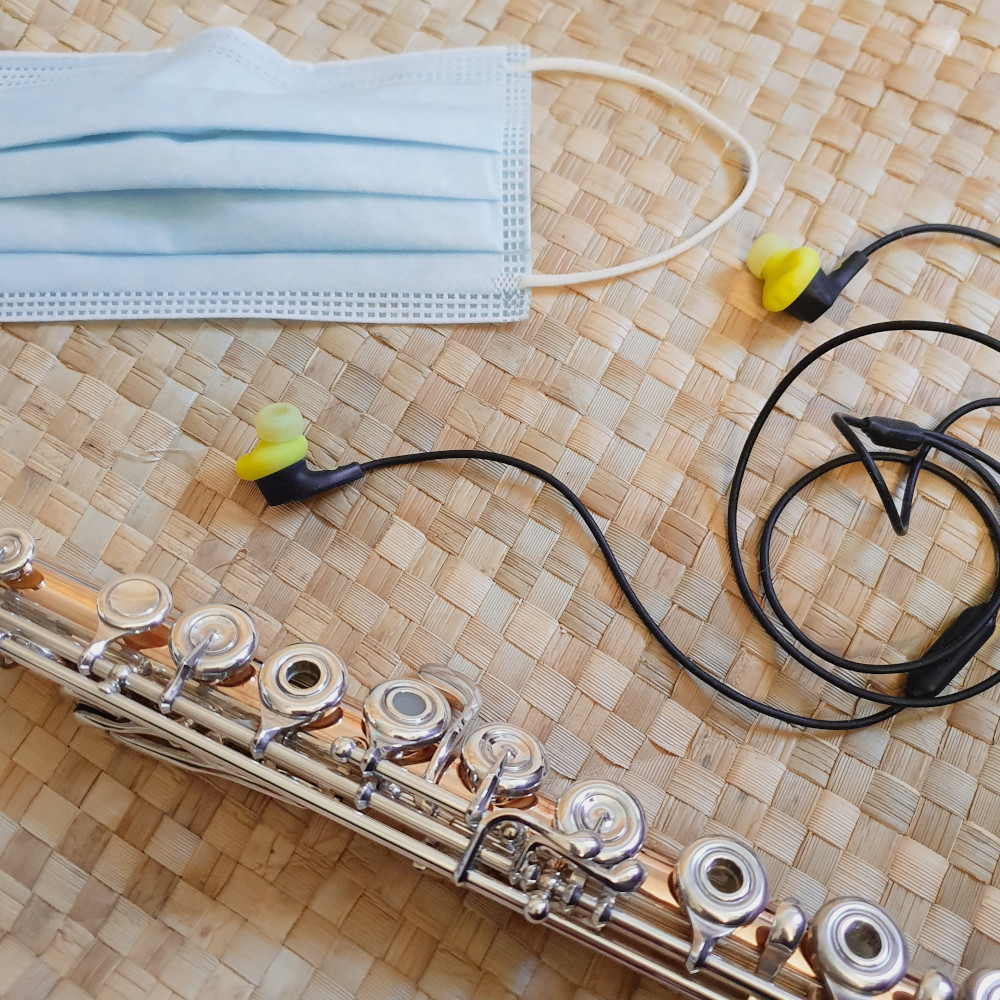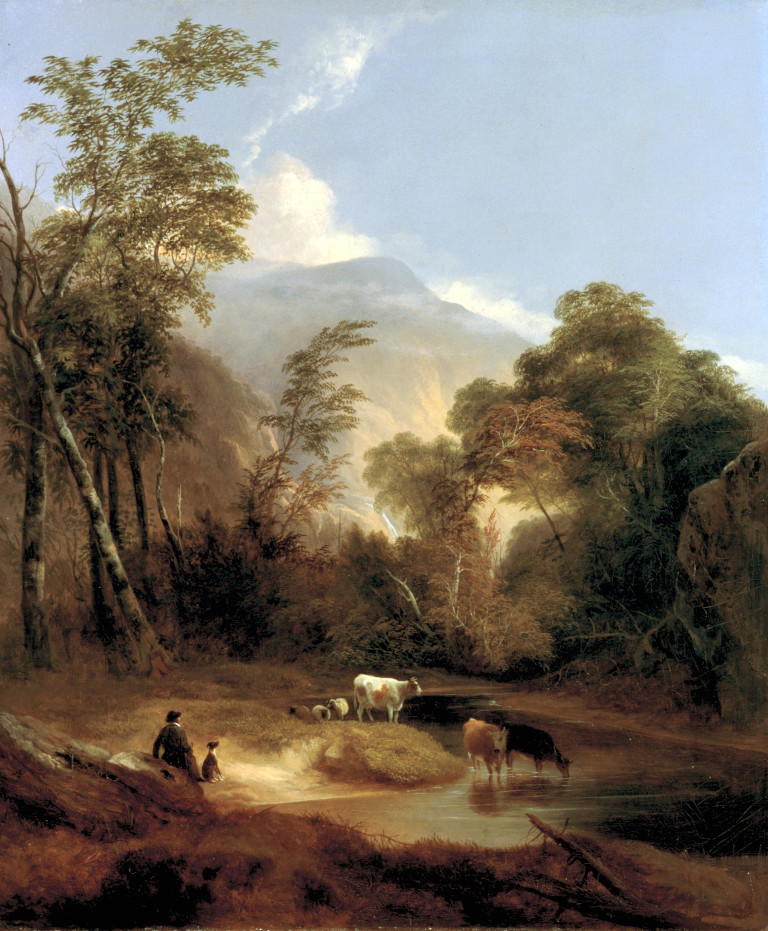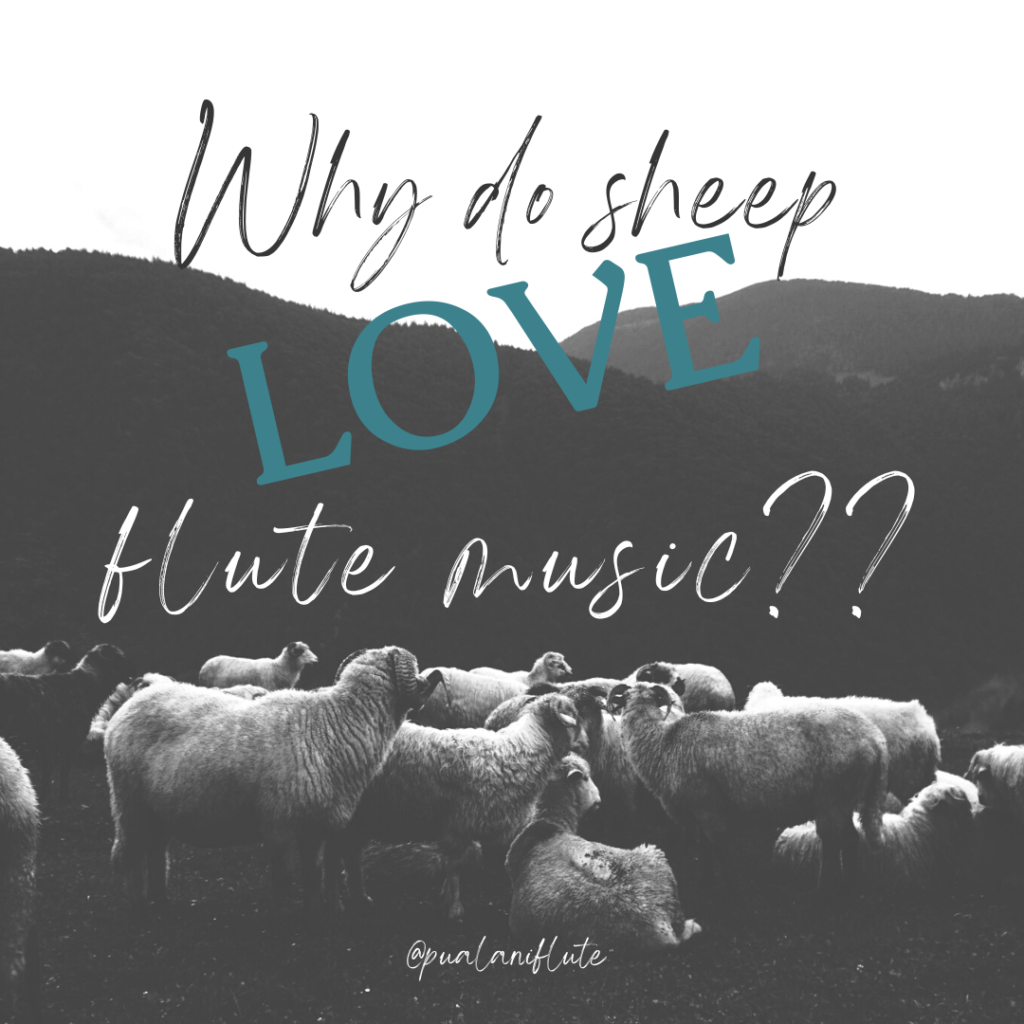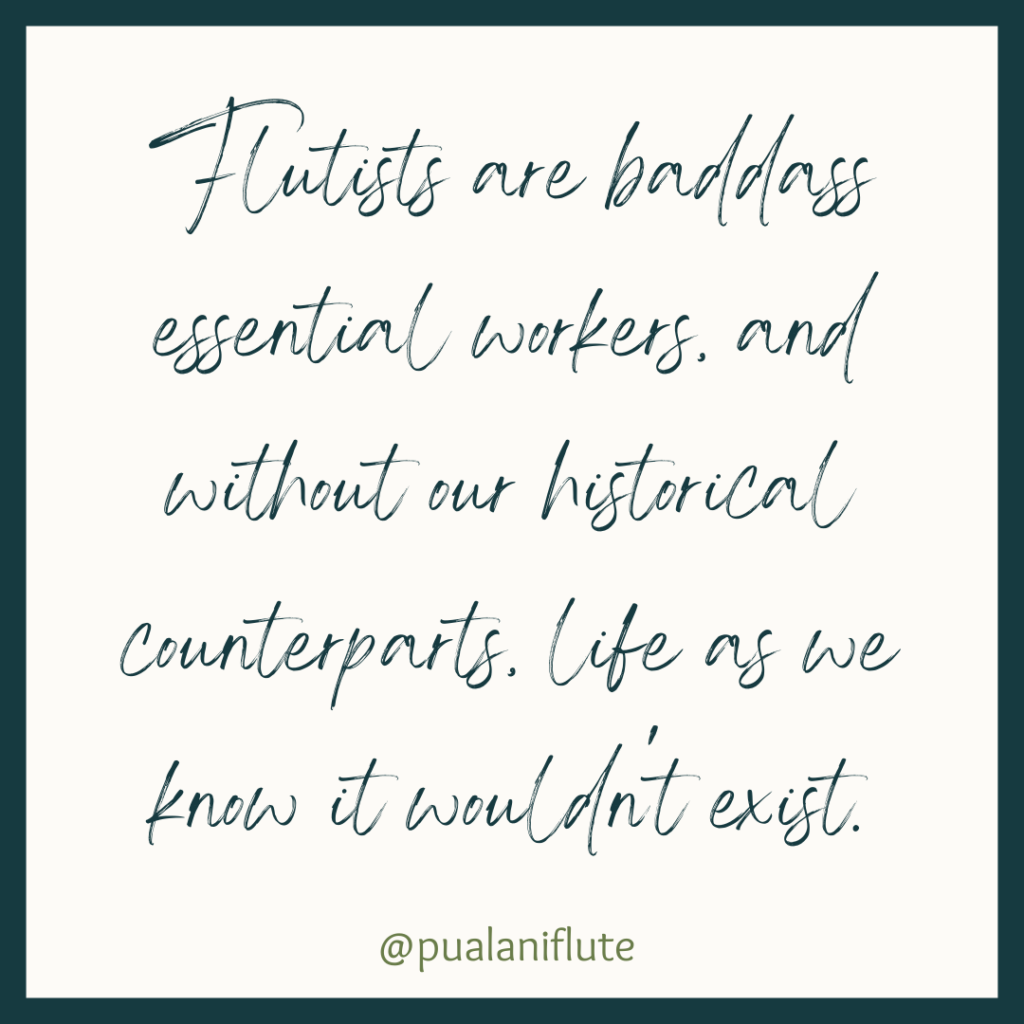
I’ll be honest – I’ve been having trouble feeling motivated to practice lately. We’re going into year three of the pandemic, and the arts industry has been one of the worst hit in the economy. The constant roller coaster of increasing and decreasing cases makes concert planning even more complex, and while I’m thankful for modern technology, continuous virtual interactions can feel draining. While so many people turn to art and music for solace and consolation in tough times, artists still aren’t acknowledged as “essential” workers.
It’s easy to feel disillusioned by the lack of support. But despite all that, my experiences from the past year have helped me reconnect with some old genres of music that I enjoyed playing but hadn’t put much thought into before. One of those genres is pastoral music from the Romantic era.
The Pastoral Trend
The Romantic era in classical music coincided with the Industrial Revolution in western Europe. Workers migrated to the cities with the promise of new jobs made possible by innovative machinery. However, many cities were not built to accommodate rapid expansion, and smoke from factories quickly clouded urban skies. Many people began dreaming of simpler times, fresh air in the country, and life without this new, complex technology. These desires inspired the latest trend in art and music: romanticized and intentionally simplified depictions of rural life, filled with nature themes and folk references. After a couple years of zoom meetings, an increased reliance on my laptop and phone, limited travel, and being stuck at home, this feels sooo relatable. However, like our own nostalgia for older times, pastoral art has clouded our perspective on previous eras.

Many flutists are first introduced to pastoral music through lessons on compositions from the French school. Flute solos often depict stories of Pan, the Greek god of nature, for two reasons: the pastoral trend also brought a revival of interest in the Greek classics, and Pan himself was a flutist. However, what surprised me most from learning about the evolution of the Western transverse flute was that Greece wasn’t the only ancient civilization with a flute-playing shepherd god. Furthermore, the cultures who had them weren’t all connected by trade routes and the earliest records of these myths came from different eras.
The only thing they seemed to have in common was the sheep! So what was so important about sheep that flute-playing shepherds became associated with divine powers?? I’m not an expert in zoology, but it’s unlikely that sheep have experienced any more biological changes over the past thousand years than humans have – so I asked my dad, who grew up on a farm in Iowa.
On Sheep and Flutes
Here’s what I learned: sheep spook REALLY easily. Once one takes off, the whole flock follows, and it takes the entire rest of the day to find them all and round them up again. On top of that, a lost sheep could also result in lost profits for the farm. While Romantic era works often depict shepherds in the fields lost in daydreams and living the easy life, this view comes from 19th century artists looking back through rose-colored glasses.

For one thing, many composers were upper-class men who probably had no idea how challenging farm work really is. But even if they did, it’s natural to selectively remember the good aspects of something when you’re feeling nostalgic and those memories have started to fade. While modern shepherds don’t sit in the fields all day playing the flute, back in ancient times, music had a real function in their job. Shepherds serenaded their flock to keep the sheep calm and prevent them from running away. Of course they would get bored, make up songs, or play whatever earworm was stuck in their head – humans are humans, after all! But there was also a vocational, and by extension, economic function to their music.
Economics of the ancient world isn’t something we typically learn about in relation to music history – so why is this important? Here’s the deal: agriculture and animal husbandry are the two major innovations that allowed Homo sapiens to evolve from tribes of nomadic hunter-gatherers into more sedentary groups. Their initial settlements of clans and tribes grew over the centuries into the villages, towns, and cities we recognize today. Developing strategies to cohabitate with livestock and grow food reliably meant that we no longer had to chase after our food sources, and saved a lot of energy that could be redirected into other tasks. Not only could we stay in the same location year after year, but we could spread into harder to live in areas, develop new types of jobs, and accommodate larger populations. The development of agriculture and animal husbandry are key backbones that allowed human civilization to evolve into life as we know it.
Moving Forward
So what does this mean for modern flutists? While flute-playing shepherds were essential workers in pre-industrial societies, contemporary flutists have highly specialized skills that are often tied to entertainment or education. Many of us have never even set foot on a farm! Our flutes, compositions, and performing traditions may be different now, but although these connections have been distorted through time, they were never forgotten.

We see these ties in the sheer amount of pastoral works for flute preserved in the classical repertoire – and they’re not limited to just the Romantic era. Flute compositions with pastoral roots exist across the entire range of Western music, from early music to the modern times. So if the pandemic blues have got you down, just remember this: Flutists are baddass essential workers whose value to human civilization is immortalized in mythological stories around the world. Our pastoral counterparts built a key foundation of the modern economy, and without them, life as we know it wouldn’t exist. Flute music literally has the power to change people’s lives. ♡
Additional Resources
Greek Pastoral Traditions
To learn about the real-life Greek shepherds that inspired pastoral music and their modern-day counterparts, check out this article: A Journey with Greece’s Last Nomadic Shepherds
Pastoral Flute Solos
Pastoral music from the 19th century centers our connections with nature, and often depicts scenes of rural life. Subjects of these pieces can include scenes of shepherds in the fields, celebrations of harvest festivals, settings of folk tunes, and popular rural dances. Although pastoral solos may incorporate myths of Greek gods, considering this sub-genre as a whole allows for a wider selection of repertoire choices (for example, if you want to learn Romantic era music that avoids references to Pan).
Pieces with pastoral themes don’t literally need to have the word “pastoral” in their titles. Many of the ones below do – but these are just a few suggestions to help you get started. 🙂
- Claude Arrieu – Chanson de la Pastoure
- Béla Bartók – Suite Paysanne Hongroise
- Cécile Chaminade – Pastorale Enfantine, Op. 12 (originally for solo piano)
- Cécile Chaminade – Villanelle (originally for voice and piano)
- Franz Doppler – Fantaisie Pastorale Hongroise
- Benjamin Goddard – Légende Pastorale, Op. 138
- Felix Mendelssohn – The Shepherd’s Song
- Paul Taffanel – Andante Pastoral et Scherzettino
- Germaine Tailleferre – Pastorale